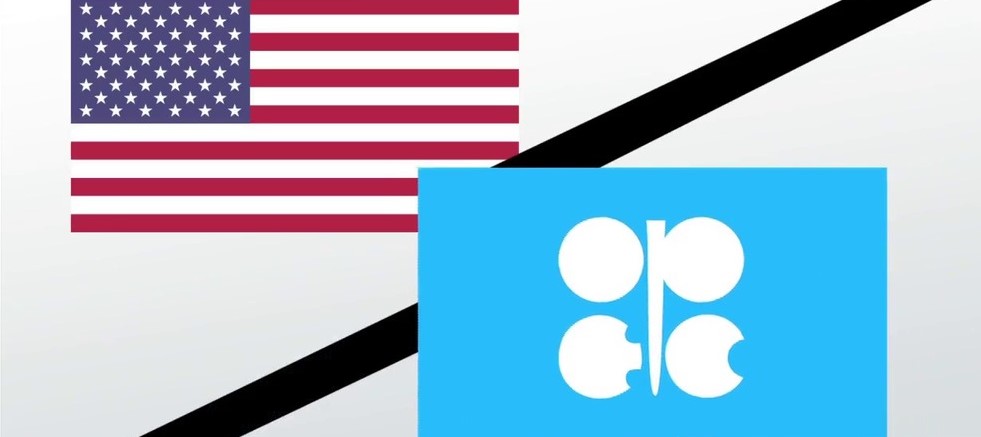Many players in the oil market learnt an important lesson out of 2014 oil-price-collapse and the oil market downturn, that is; Act Fast and Adapt, which many of them did. Unsurprisingly, OPEC members didn’t learn the lesson. The cartel members -led by Saudi Arabia still think that they can manage the oil market and that they still have the upper hand and full control over setting the direction of oil price as they like.
The failure to understand the changing market dynamics and OPEC’s inability to accept the new reality of the oil market and adapt will certainly make OPEC members learn the lesson the hard way that is; gone are the days when a cartel controls the oil price direction. Gone are the days when OPEC’s market management and supply cuts can simply drive oil price above $100/bbl without OPEC paying the price.
There is now a new reality in the oil market which all oil producers should understand that is; OPEC no longer has the upper hand in setting the oil price direction, U.S. is becoming a swing producer and its influence over oil price continues to grow, and that an open oil market, free of a single cartel influence is what will set the oil price direction moving forward.
Could a Bigger Cartel Control the Oil Market?
OPEC/non-OPEC oil output cut deal is an attempt by OPEC members to test if a bigger collaboration (cartel) between OPEC (which is losing its post 2014 influence on the oil price) and one of the biggest non-OPEC producers such as Russia will enable them to have the upper hand in setting the oil price direction.
OPEC members including Saudi Arabia were very optimistic about the output cut deal, but now they have reached to a “Wait & Watch” stage, and soon enough they will realize that they failed and that it is better to let the market set the oil price direction.
The problem with OPEC’s current passive mode of “Wait & Watch” is that while waiting to see how the oil market plays out, and ignoring raising U.S. shale oil production, OPEC could lead the oil market into another collapse.

